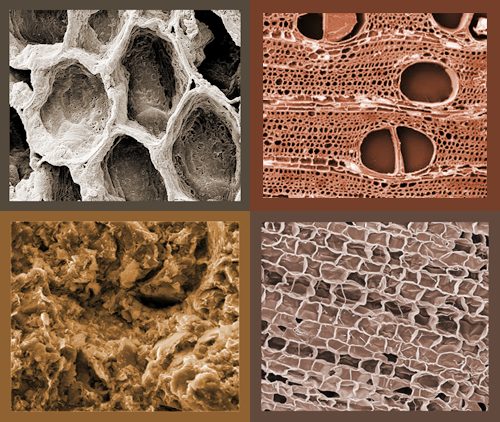clearsky57
Well-Known Member
Reading all the different ideas and concepts here makes me think of which chef makes the best cake.... you can have many different recipes, but they all accomplish the end goal - that perfect slice of cake...
Not to dumb it down too much, as Ray said "what works for you..." but is still think you have to look how the species grew in the wild to get some sense of what we try to duplicate to maintain the best of conditions.
I know that some of the slippers tend to have finer hairs on the roots that can be more easily damaged with our continuous handling over repotting. Anything we can simulate from natural conditions has to work in our favor here. When thinking of our containers, - No, you don't see too many roths growing in plastic along a limestone wall... I wonder too, that while clay pots seem to work well, i think the european stye of clay pot composition has changed over time, where it seems that they add something? to the mix to make it a bit less breakable for shipping.
(am i wrong here???? when you break one of these pots there appears to be a layer that may be some other product whithin the pots. I do remember years ago, when you bought pots made in mexico, they seemed to be a little less "uniform" but also when watering you could see the pot wick the water a bit better...
i have bought and grown multis in net pots, but never see roots growing like the catteleya pictured above.. not sure if we can compare one genus from another that way. While slippers have long trailing roots, that creep through the natural media and rock in situ, they do not appear to have the numbers that you might see on a cattleya or vanda for example..
Tony - by the way... i am finding locally for me anyhow, 6 cu.ft bags of coarse perlite, cheaper than when i tried ordering from OFE or another "orchid media source" and because i buy it locally, no shipping or damage to the entire bag through shipping. I can also get the rockwool cubes (all differnt sizes) from them as well...
Orchid folks are not their mainstay, as most of these companies are now servicing growers in the hemp industry, but the prices are not bad, (and i don't have to pay stupid volume shipping prices, when i can pick it up locally)
just a thought, but you may have already found this yourself.
Not to dumb it down too much, as Ray said "what works for you..." but is still think you have to look how the species grew in the wild to get some sense of what we try to duplicate to maintain the best of conditions.
I know that some of the slippers tend to have finer hairs on the roots that can be more easily damaged with our continuous handling over repotting. Anything we can simulate from natural conditions has to work in our favor here. When thinking of our containers, - No, you don't see too many roths growing in plastic along a limestone wall... I wonder too, that while clay pots seem to work well, i think the european stye of clay pot composition has changed over time, where it seems that they add something? to the mix to make it a bit less breakable for shipping.
(am i wrong here???? when you break one of these pots there appears to be a layer that may be some other product whithin the pots. I do remember years ago, when you bought pots made in mexico, they seemed to be a little less "uniform" but also when watering you could see the pot wick the water a bit better...
i have bought and grown multis in net pots, but never see roots growing like the catteleya pictured above.. not sure if we can compare one genus from another that way. While slippers have long trailing roots, that creep through the natural media and rock in situ, they do not appear to have the numbers that you might see on a cattleya or vanda for example..
Tony - by the way... i am finding locally for me anyhow, 6 cu.ft bags of coarse perlite, cheaper than when i tried ordering from OFE or another "orchid media source" and because i buy it locally, no shipping or damage to the entire bag through shipping. I can also get the rockwool cubes (all differnt sizes) from them as well...
Orchid folks are not their mainstay, as most of these companies are now servicing growers in the hemp industry, but the prices are not bad, (and i don't have to pay stupid volume shipping prices, when i can pick it up locally)
just a thought, but you may have already found this yourself.




